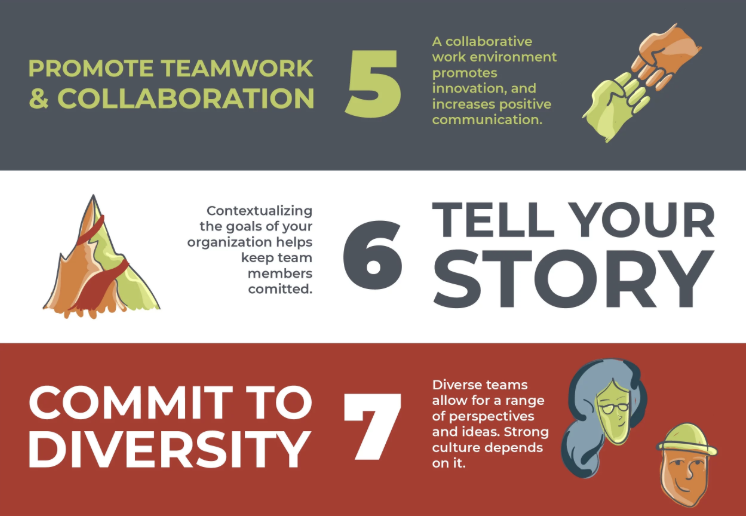Peter Drucker says, “The productivity of work is not the responsibility of the worker but of the manager.” This isn’t to say that no responsibility lies on employees, but that performance and productivity gaps can often be remedied by improving managers.
Read MoreVital Insight Into Management Training Success
Expert Tips For Building A Strong Leadership Development Strategy
Conflicts happen in every workplace. They can start with a simple disagreement and often escalate into an argument that impedes the productivity of a team.
Although conflicts themselves are common – effective resolution of those conflicts tends not to be. Even though it may not always be possible to avoid conflict completely, It’s important to be able to recognize common causes of workplace conflict to help stifle them early on.
Read MoreHigh-performers who are ambitious and want to grow tend to be top-picks when it comes time to promote someone to manager.
Read MoreIf one of your top leaders left your organization tomorrow, what would happen?
Would you start looking for an outside replacement – even though the process is tedious, and you’re never absolutely sure that a candidate will be the right fit?
Often, the better alternative is to promote your next leader from within your company.
Read More
When it comes to communication between a manager and their team, there is always room for improvement. Improving workplace communication across your organization should be a goal for every business leader, and one that brings increased productivity to your team. When it comes to being a manager, having the ability to communicate effectively is one of the most important skills to have.
Billionaire businessman Warren Buffet told a classroom of business students that being an effective communicator doubles your value in the workplace. Buffet said that he would give $100,000 to any student in the room in exchange for 10 percent of their future earnings. And if the student was an effective communicator, he would increase the bid by 50 percent because the investment had more value.
Read More
As you know, there is a huge difference between telling someone what to do and actually empowering them with the skills and tools needed to do it. Would you expect someone would be able to bowl without a ball or being shown how to do it?
It’s obvious that coaching is important. But how are you supposed to fit coaching into your busy schedule as a manager? How do you make sure that your team members receive a level of coaching that is both personal and drives results?
Managers with well-developed coaching skills are able to ask the right questions, steer people in the right direction, and keep their team encouraged and driven to achieve a specific goal.
Read MoreHave you ever promoted someone to be a manager, only to find out that they can hardly even manage themselves?
This is a common problem across industries, and leads to issues such as disorganization, unmotivated team members, poor workplace communication, and lack of dedication to a common goal. Succession planning is crucial in achieving growth, and ensuring that your management team is the best it can be. Follow along with this guide, to re-vamp the way you promote your high performers.
Read MoreWhy to Delegate
Most leadership roles involve a variety of tasks that — simply put — cannot all be completed by one person. Sometimes leaders feel they must take up the reins of all of these tasks themselves to ensure they are done properly.
On the contrary, delegating some of these tasks to employees can improve task efficiency and benefit the organization in ways that aren't obvious at first. A study by Harvard Business Review determined that delegating can actually increase the income and overall efficiency of organizations. Not only does delegating empower others in the organization, it helps optimize the performance of the group. The more members who are included in the ownership of projects, the more efficient your organization will become.
Don’t know where to begin? Let's walk through delegating from start to finish. Feel free to download the delegating template to help you follow along with this blog.
Read MoreWhy you should care about reducing employee turnover
You’ve undoubtedly heard the phrase “people don’t leave their job, they leave their manager.” Companies around the world are learning how true this is, and are making concerted efforts to decrease employee turnover by improving their managers. In Gallup’s study, State of the American Manager, 50% of workers surveyed have left a job to “get away from their manager at some point in their career," and "at least 75% of the reasons for voluntary turnover can be influenced by managers."
Read MoreEstablishing strong workplace culture is crucial for business leaders who want to recruit the best talent, retain their strongest employees, and see high levels of engagement from team members. Workplace culture improvement is a process that shouldn't be rushed, so use this list as a long-term guide.
Read More











